All SD2 divisions in final closed beta test:
 ostheer
5. Panzer
ostheer
5. Panzer
The elite 5. Panzerdivision was called in as urgent reinforcements to stem the Red Army’s onslaught at the start of the Bagration offensive. \Bringing years of combat experience on the Eastern Front, this battle-hardened division is well-equipped with Panthers, including a small number of fearsome Tiger tanks, making it one the deadliest German formations in the sector. The division’s only weakness is the lack of the heavier half of its recon battalion, left behind in Germany for training. This leaves only infantry scouts to perform reconnaissance. The 5. Panzer is a heavy-weight champion with a knock-out punch, but terribly short-sighted.
20. Panzer
At the start of Bagration, 20. Panzer was the only Panzerdivision available in Army Group Center’s reserve. The poor child of the Panzerwaffe, it is woefully under-equipped, fielding only one tank battalion instead of the standard two battalions, and as a result, restricted to Panzer III and Panzer IV tank models. To compensate for these shortcomings, 20. Panzer scrounges together anything it can get its hands on, including captured Soviet anti-tank guns and infantry weapons, and even tanks. 20.Panzer stands halfway between a watered-down Panzerdivision or a versatile Panzergrenadier one.
Gruppe Harteneck
Gruppe Harteneck was a combat group built from scratch. Its hastily assembled troops were thrown against the advancing Soviet vanguard, with the survivors later reinforced with whatever was available. At the formation’s core is the 4. Kavallerie-Brigade, a mounted infantry unit with an abundant supply of MP-44 assault rifles, supported by light tanks such as Panzer II Luchs and Panzer III, as well as ‘Beute’ T-34’s. Powerful reinforcements appear later, including half a battalion of Tigers, and a tank destroyer battalion - the first-ever Wehrmacht unit to be equipped with the Jagdpanzer 38(t) ‘Hetzer’. The group’s terrible weakness is the lack of anti-aircraft units, meaning it’s almost entirely dependent on Luftwaffe support to clear the sky above. Gruppe Harteneck is an infantry and recon-centric force with lots of armor support, albeit a host of different models.
14. Infanterie
Forming the 4. Armee’s reserve behind the lines in the Orsha sector, 14. Infanterie-Division was thrown into the battle piecemeal, but was reinforced with powerful mechanized troops when deployed, making it in effect an improvised Panzergrenadier division. 14. Infanterie is a division sorely missing one of its three infantry regiments, but in return can bring massive StuG and Tiger armor to bear. This division also uses a fair number of captured artillery and anti-tank guns, even going as far as fielding Soviet infantry weapons. The 14. Infanterie lives up more to the standard of a Panzergrenadier division - which it briefly had been - rather than a regular infantry one, and can pack a mean, armored punch.
28. Jager-Division
A very experienced division, one of the 28. Jager-Division regiments contained the second highest number of Knight’s Cross recipients of the war. Lightly equipped in anti-aircraft and anti-tank guns, this division is nonetheless supported by StuG III and StuH 42 assault guns, as well as being able to call upon strong air support. It is in close-quarter combat that the veteran Jäger infantry excel, with a large number of them fielding MP-40 SMGs, MP-44 assault rifles or flamethrowers. The 28. Jager-Division performs very well against other infantry divisions, but it will require more skill to defeat an enemy with armor.
78. Sturm-Division
Without a doubt, the 78. Sturm-Division was one of the best equipped infantry divisions of the Third Reich. As a result, at the start of Bagration, it held the most sensitive stretch of Army Group Center’s frontline: the Moscow-Minsk highway near Orsha. The ‘Sturmdivision’ was a prototype template of what future German infantry divisions would look like, with smaller regiments but lavishly supplied with MP-44 assault rifles and heavy support weapons. The 78. Sturm-Division is even stronger than a Panzergrenadier division, with a large number of StuG’s and anti-tank guns, including the hard-hitting Pak 43. The division is further reinforced with a Flak battalion, heavy Nashorn tank destroyers, and penal troops. The 78. Sturm-Division is one of the strongest close-quarter combat divisions, but if faced with an opponent fielding armor, skill will be required to win.
Korück 559
Korück stands for Kommandant Rückwärtiges Armeegebiet, meaning “Commandant Army Rear Area”, a formation usually tasked with security and anti-partisan duties. Korück 559 found itself as the only sizable force in front of the main Soviet armored thrust, which had broken through at Orsha and Minsk. This division is built around weak police troops and units composed of captured light tanks and armored cars originating from every part of Europe (USSR, France, the Netherlands, Poland). Korück 559 also amalgamates various fractured units, including some French (LVF) and Russian (RONA) collaborationists, a handful of surviving Tigers, and Flak troops. Its strongest asset is the number of Luftwaffe Stukas operating from nearby Minsk airfields. Korück 559 is a motley force, hastily cobbled together, with a few elite tanks and a large number of unwilling soldiers.
1. Lovasz
The 1st Cavalry Division was an elite unit of the Hungarian Army, originally planned for homeland defense, but after Third Reich pressure positioned in Ukraine were the Wehrmacht expected the main Soviet offensive to occur. Although the Germans had promised that the lightly equipped division wouldn’t be pitted against tanks, during operation Bagration it was hurried to the south of Minsk in a desperate attempt to slow down the Soviet onslaught. The 1st Cavalry Division fields quite a few light and medium tanks, mostly Hungarian-made 38M Toldi and the medium 40M Turán.To face the tanks of the Red Army, the hussars can bring other assets to bear, especially their dual-purpose anti-aircraft guns. The 1st Cavalry Division is a versatile division and can count on strong infantry, air support and other flexible units, especially anti-aircraft ones.
12. Tartalek
An infantry formation in the process of being rebuilt and refitted after the Hungarian disaster at Stalingrad, the 12th Reserve Division was only supposed to be fighting lightly armed partisans. Fate decided otherwise, and the Hungarian reserves were hurriedly moved to fill wide-open gaps in Army Group Center’s collapsing front. With few armored vehicles, 12th Reserve Division most closely resembles a division from World War I, suited to fight in defense with lots of MG’s, well-prepared positions, and fielding sizable artillery support. Foreign equipment fills its ranks, with vastly different origins; some are obsolete (Belgian guns and French tanks) while others can pack a punch (British 25-pounder guns and even German Pak 40’s). The 12th Reserve Division requires skill and meticulous planning if it wants a fighting chance to win on the battlefield.
==============================
 soviets
2nd Guards Tank Corps
soviets
2nd Guards Tank Corps
The paragon of the Soviet armed forces, 2nd Tank Guards Corps was at the forefront during Bagration, breaking through at Orsha with the 11th Guards Army. Re-equipped with brand-new T-34/85’s for the offensive, a handful of older tank models such as the T-34/76 or T-70 still fill the division’s ranks in recon or command roles. Its anti-tank and attached fire support units are impressive and include the SU-76 and even the mighty ‘beast killer’ ISU-152. It lacks well-established anti-air defenses, containing a few lend-lease American AA half-tracks or the Free French ‘Normandie’ squadron to guard the skies overhead. The 2nd Tank Guards Corps is considered the Soviet sledgehammer, and supremely powerful in tanks and artillery.
29th Tank Corps
Organized as a standard tank corps, the 29th Tank Corps didn’t enjoy such a lavish rehaul as the 2nd Guards did. Having transitioned partly to the T-34/85, the division retains older and non-Soviet vehicles, such as the British Valentine recon tank.\That’s where The 29th Tank Corps truly shines: its use of lend-lease equipment. In place of the SU-76 tank destroyer, it can count on half the total of M10 Wolverines delivered to the USSR, as well as A-20 Boston and P-39 Airacobra planes for air support. However, it does have access to one of the Red Army’s newest and hardest-hitting tanks: the powerful IS-2. The 29th Tank Corps has a structural weakness in AA defense, but fields strong anti-tank forces, recon troops and ground support planes, making it a versatile division on the battlefield.
3rd Guards Mechanized Corps
The 3rd Guards Mechanized Corps was among one of the first units to find its way across the Berezina river during Bagration, linking with partisans which had held key bridges. While its recon troops use lend-lease American half-tracks of British universal carriers, ‘mechanized’ is a misnomer as the Soviets transported troops mostly in trucks. This division’s strong infantry is augmented with partisan units acting as light infantry or scouts, backed up by Valentine tanks and Emcha’s (lend-lease M4A2 Shermans). The 3rd Guards Mechanized Corps features weak AA defenses, a fate shared with other Soviet mobile troops, but can count on strong air support and is otherwise a well-rounded division.
Manoeuver Group Tyurin
Since the 2nd Belorussian Front was deprived of any corps-level tank forces, its commander decided to create its own for exploitation purposes - Manoeuver Group Tyurin. Named after general Tyurin who commanded it, this mechanized formation is cobbled together from various units, including the 157th Rifle Division, and as a result, is strong in infantry. Not only that, two additional tank brigades are available, bringing some T-34/76’s but also lend-lease Stuarts, and even a handful of T-4’s (captured Panzer IV F1) to the battlefield. The manoeuver group also contains a handful of elite assault engineers-sappers, a sizable amount of anti-tank guns, and SU-85 tank destroyers. Manoeuver Group Tyurin is the Red Army’s equivalent to a well-equipped Wehrmacht Panzergrenadier division.
Manoeuver Group Bezugly
Named after its commander, Manoeuver Group ‘Bezugly’ was a combat group created within the 39th Army to compensate for its lack of exploitation units during Bagration. At its core is the 28th Guards Tank Brigade, a formation with a low priority for replacements. This results in a mixed bag of vehicles, from old T-70 and T-34/76 tanks to the SU-122 assault gun. Truly rare are the only two T-6’s (captured Tigers) fielded by the Soviets during the offensive, and a single SU-88 (captured Nashorn). General Bezugly can also count on sappers and Shtrafniki penal troops, as well as two entire SU-76 regiments; these versatile vehicles can be used as self-propelled artillery, tank destroyers or assault guns. Manoeuver Group Bezugly might be small, but is highly mobile and comes with strong air support.
9th Guards Cavalry Division
Well-equipped with light automatic and semi-automatic weapons, the fierce Kuban Cossacks of the 9th Guards Cavalry Division excelled in close combat fighting. A trademark of the Red Army, cavalry divisions differ in their organisation from regular Soviet infantry divisions - they can field their own tank battalions. In the case of the 9th Guards Cavalry Division this means mostly T-70’s and Valentine light tanks, as well as some Emcha (M4A2 Sherman) medium tanks. This division can also count on SU-76 assault guns support and Katyusha rocket-launcher to beef up their light towed artillery. An OSNAZ light amphibious battalion, the ancestors to the modern Spetsnaz forces, accompanies the division into battle. 9th Guards Cavalry Division is strong in reconnaissance and infantry, and as such, a division ideally used for ambushes and close-quarter combat.
26th Guards Rifle Division
The 26th Guards Rifle Division was one of the formations earmarked for Bagration’s first wave against Orsha, the premier German stronghold in the sector. Facing off against the elite 78. Sturm-Division, sees this division reinforced with a host of special assault units: OT-34 flame tanks, KV heavy tanks, super-heavy artillery in the form of self-propelled 203mm howitzers and 280mm mortars, as well as elite engineers-sappers. Stripped of most towed anti-tank, artillery and anti-aircraft guns, this division compensates with self-propelled variants and heavy fighter-bomber support (IL-2 and Pe-2). The 26th Guards Rifle Division is by far one of the strongest of the Soviet close quarters anti-infantry divisions, but it will require more skill to defeat an armor-heavy opponent.
44th Guards Rifle Division
Part of the 65th Army which led the Bobryusk offensive, the 44th Guards Rifle Division was reinforced with a tank brigade from the 1st Guards Tank Corps before the start of operation Bagration. As a result, this division fields an unusual combination of infantry division equipment with state-of-the-art T-34/85’s, which take up the place of the older tank models typically found in independent brigades.\This formation can also count on the formidable support of a SU-152 heavy assault guns regiment, and a handful of SU-76 self-propelled guns. The 44th Guards Rifle Division is close to a standard Soviet rifle division, avoiding some of the pitfalls of the more exotic formations, and making it a well-balanced choice to bring to the battlefield.
184th Rifle Division
The 184th Rifle Division was a regular Soviet infantry division, counting the feared female sniper Roza Shanina as one of its serving members - until her death in East Prussia in early 1945. This division fields Strelki squads instead of Gvardyia units, the former fielding less SMGs but more SVT semi-automatic rifles compared to the latter. An independent tank brigade is attached to this division, fielding older lend-lease tanks: M3S Lee (with the longer 75mm gun), M3L Stuart and Valentine tanks. However, it can also rely on several ISU-122 heavy assault guns that can double as tank destroyers, as well as large quantities of towed artillery. The 184th Rifle Division is less offensive-minded than comparable Soviet divisions, and fights at is best defensively in well-prepared positions.













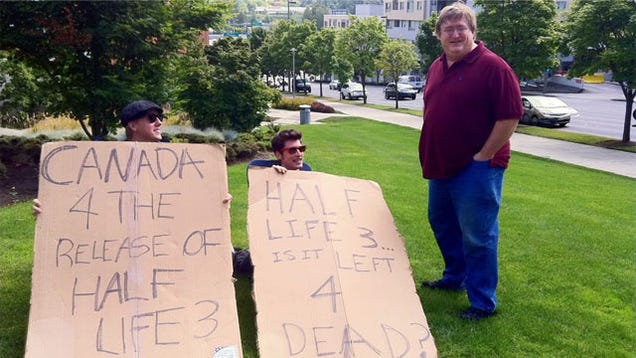


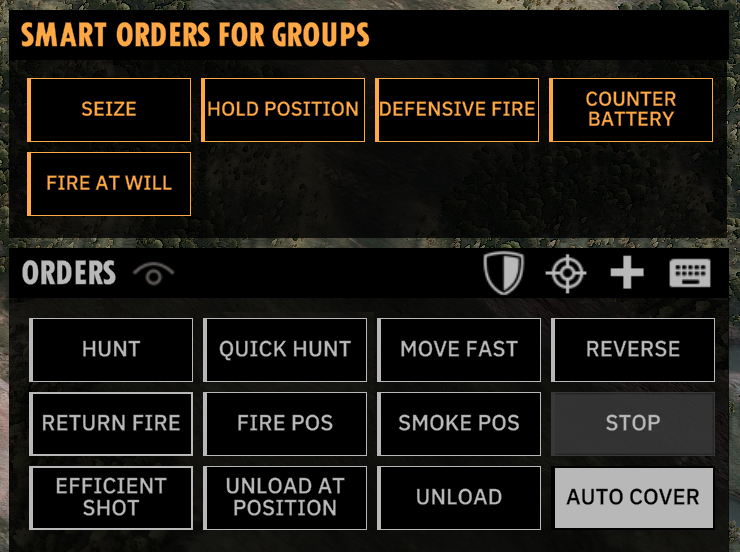
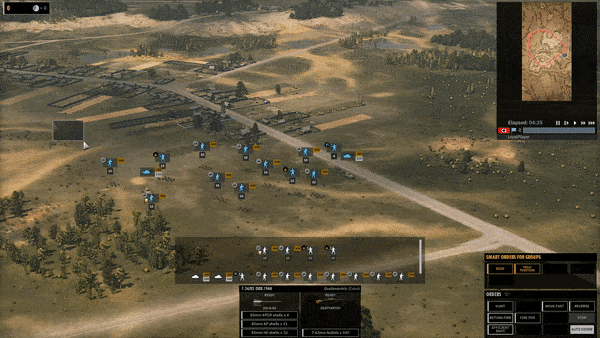
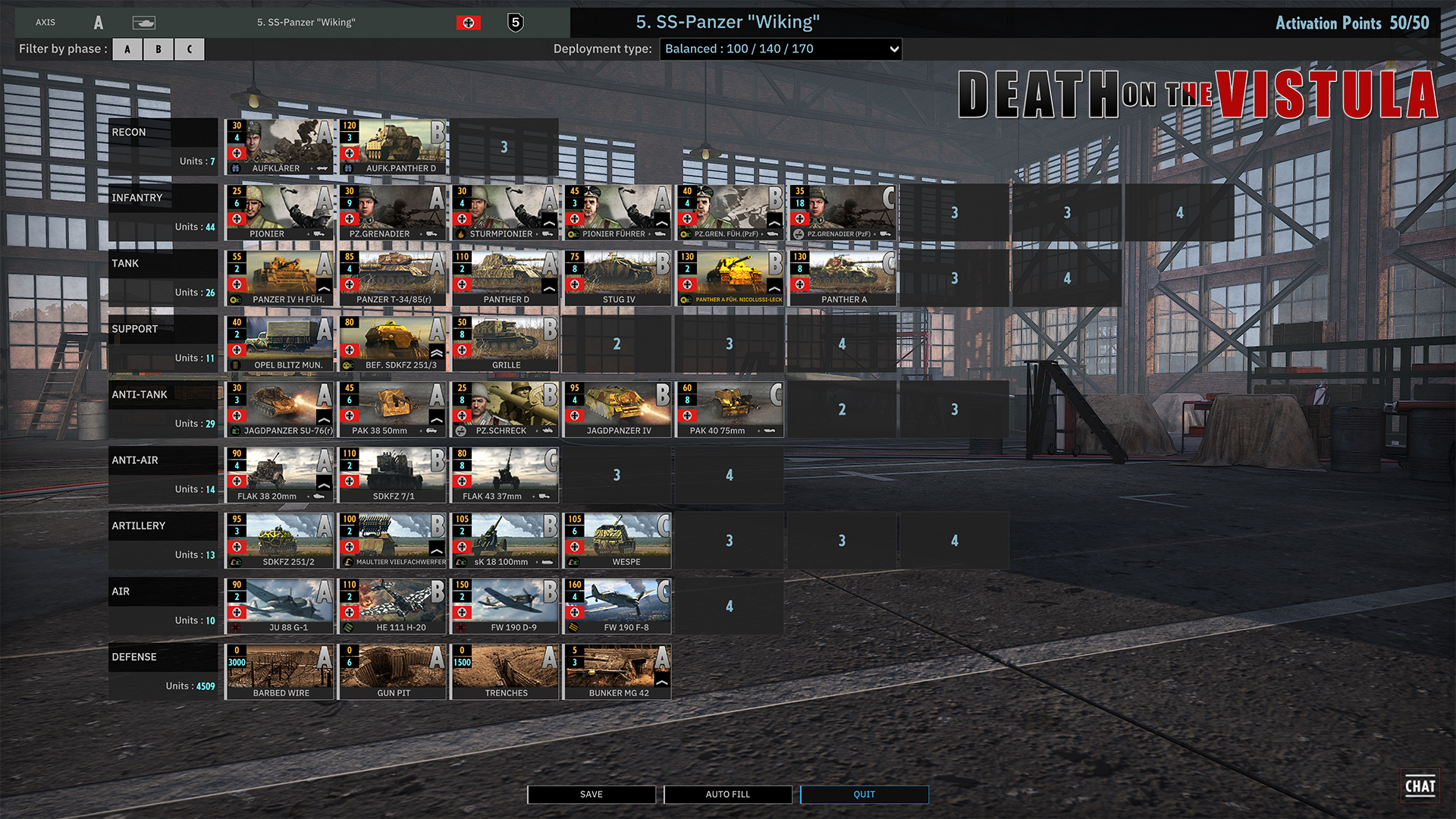
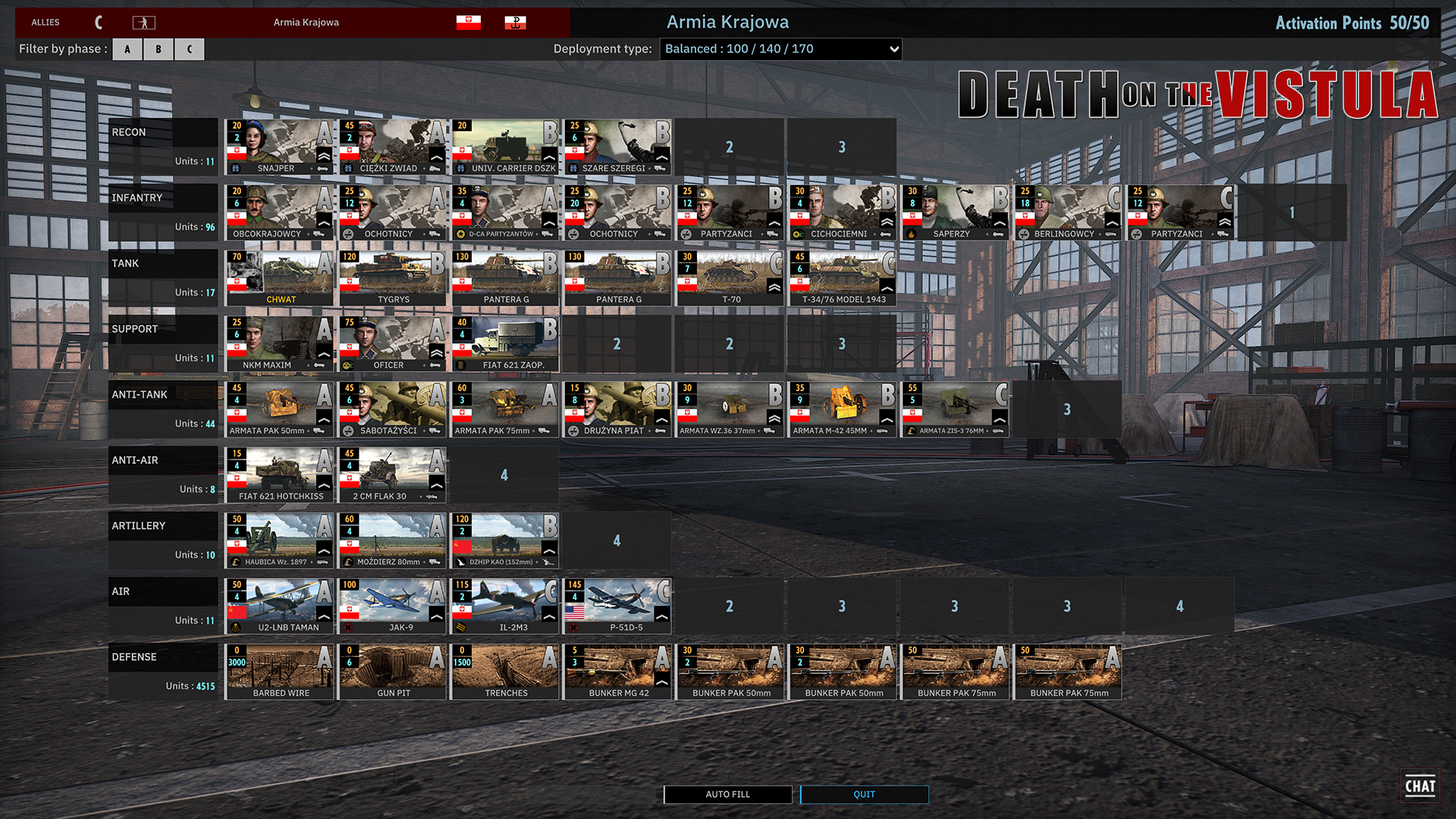
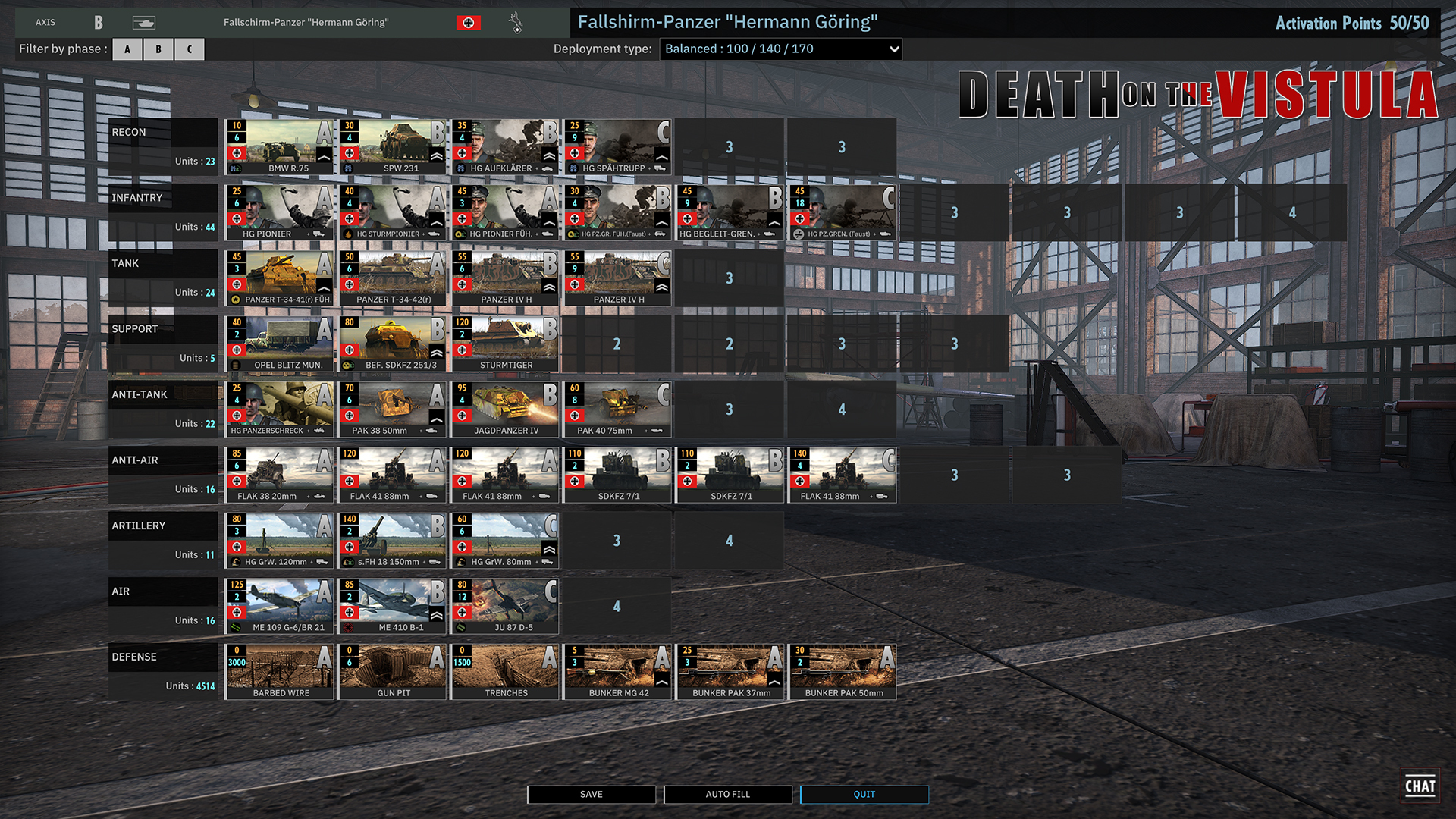
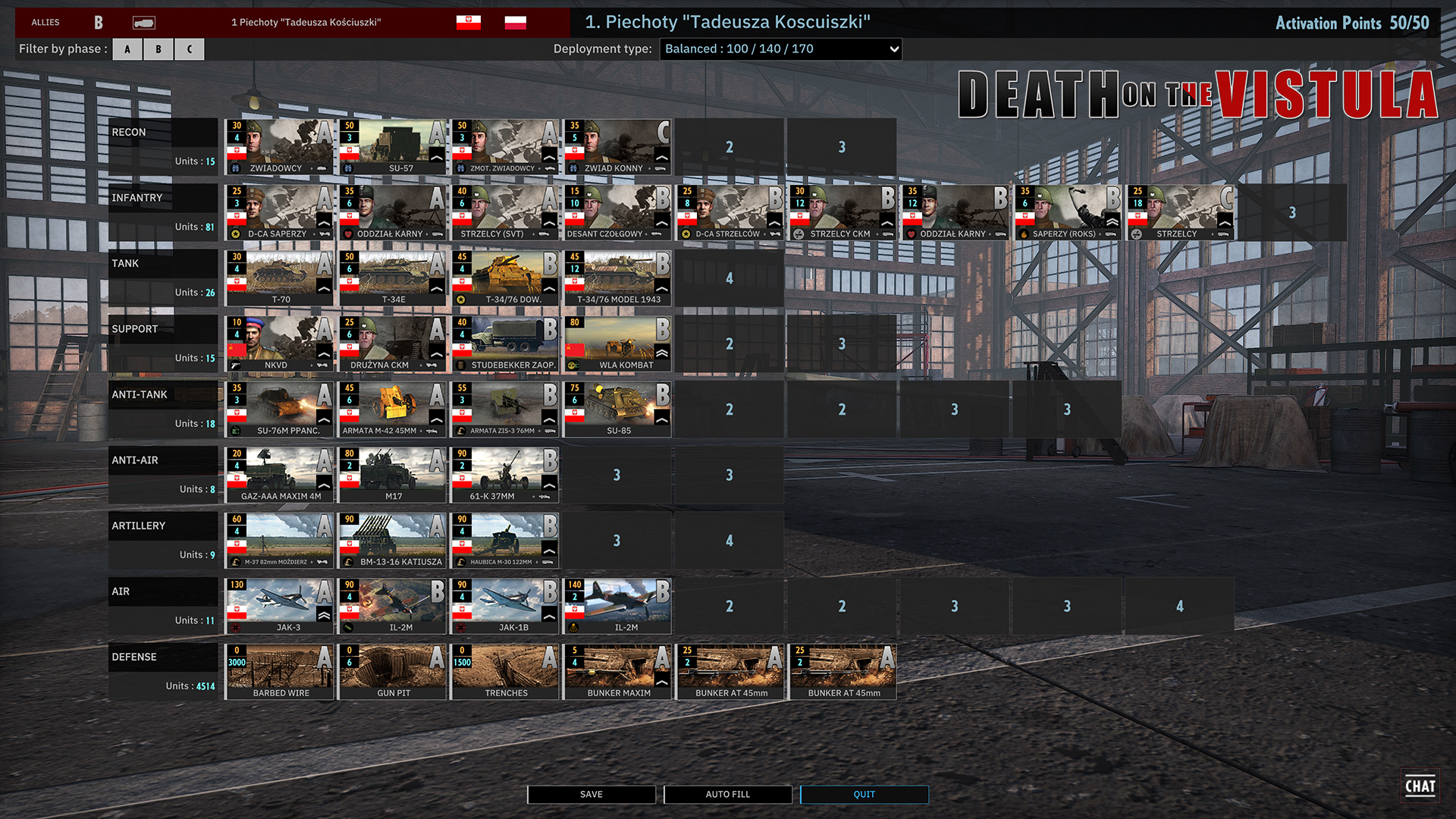









 cblanco ★
cblanco ★  보드카 중대
보드카 중대  VonManteuffel
VonManteuffel  Heartless Jäger
Heartless Jäger 